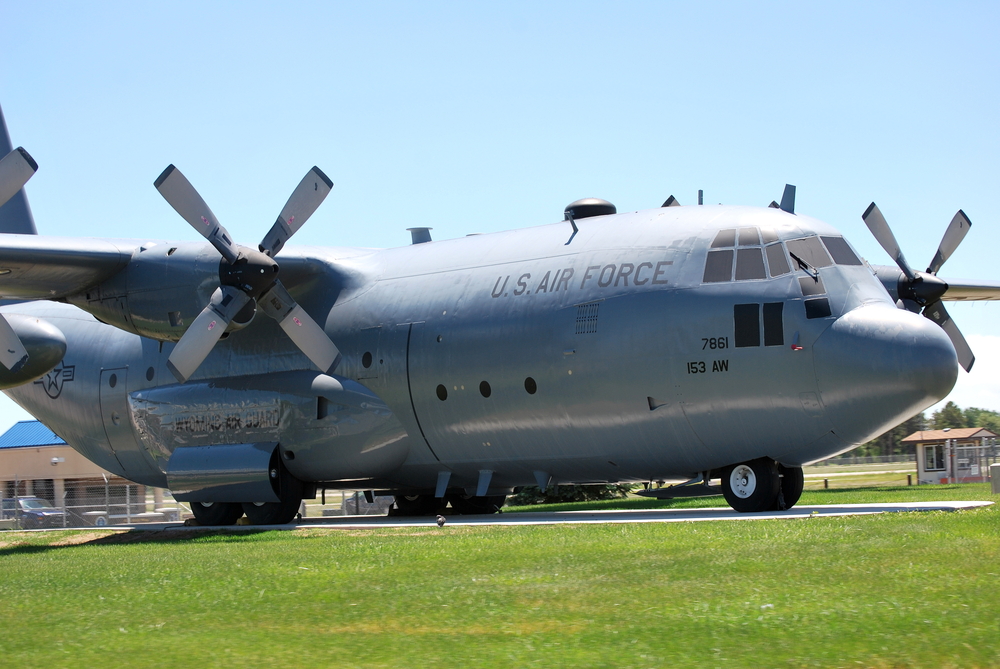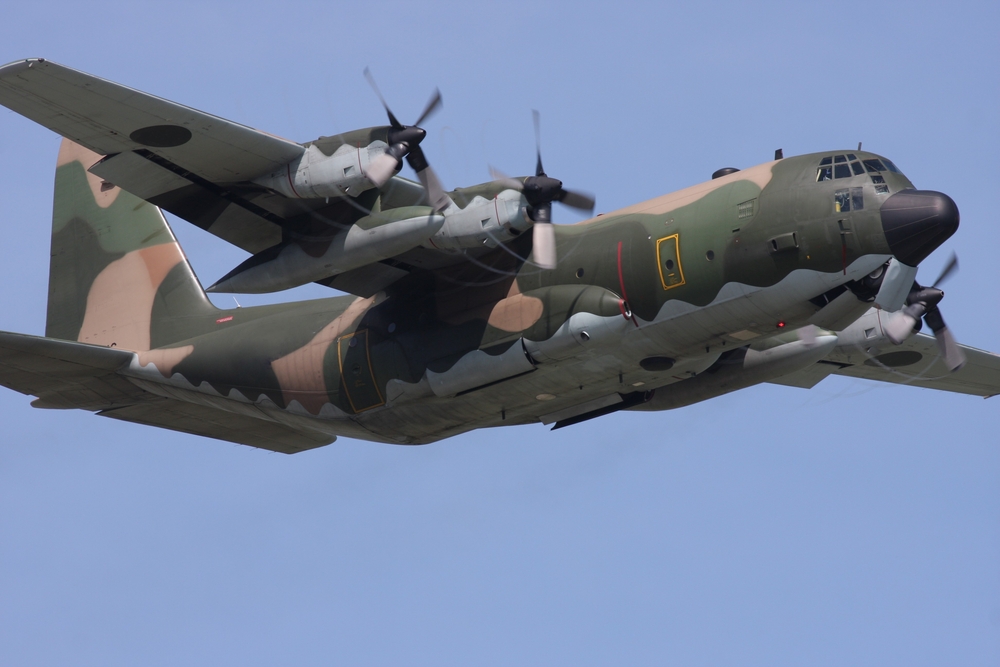The C-130 Hercules, otherwise known as the “Herc,” is one of the most easily recognized and versatile aircraft around the world. The various models of the C-130 have flown in both combat and civilian missions, and the applications of the plane are practically endless. Additionally, the versatility of the aircraft and the legacy of its creators have made the C-130 into a staple of modern aviation and exploration. Since the aircraft has had so many different named configurations, ranging from the C-130A to the L-100, you need to understand the history behind the C-130’s concept design and why it has been so popular among both military and civilian officials.
Why Did the Air Force Need the C-130 Hercules?
In 1951, the United States Air Force (USAF) was heavily involved in the Korean War. Hostile areas and rough, dirt-only runways were making the USAF’s existing aircraft difficult to utilize fully. Moreover, existing aircraft were incapable of delivering the thousands of paratroopers, ground soldiers and supplies needed to continue the war effort. However, the problems continued as the large-scale needs were expanding in conjunction with the necessity of a low-altitude, high-lift transport. In fact, the aircraft’s namesake comes from the legendary 12 labors endured by the Greek demigod, Hercules.
Designing and Production of the “Herc” Begins and Slows.
Lockheed started working on prototype designs, with Lockheed basing those designs on existing aircraft made by the company. A “high-winged, four-engine design” from Lockheed, explains MilitaryFactory.com, was adjusted to meet the control and low-altitude needs of the USAF. On August 24, 1954, the first version of the C-130 Hercules, the “YC-130,” flew in a demonstration for the USAF. Impressed with its capabilities, the USAF ordered this series of aircraft, and by December 1956, the first deliveries of the C-130A began.

As seen in the photo above, the C-130 Hercules, has the 54H60 Propeller System, marked by the 4 blades. A propeller system that C&S Propeller has worked on for decades. Within three years, engineers updated the engines and maximized the efficiency of each of the four-bladed propeller units, which expanded the operational ranges of the C-130. As a result, production of this line, the C-130B began in 1959, and soon, the C-130B-II took on the duties of a reconnaissance mission, providing radar imaging and housing antenna equipment in “faux underwing fuel tanks,”. However, winter needs became apparent, and the C-130 was adapted again with landing skis for Arctic service to become the C-130D.
Lobbying Keeps the C-130 Hercules Relevant.
The Pentagon stopped ordering all C-130s 25 years after its production began due to a surplus of aircraft during the Carter administration. Meanwhile, the Air Force had begun a search for a more efficient, medium-sized aircraft for similar jobs. Rather than going silently into the recesses of history, Lockheed used a congressional add-on tactic to sell another fleet of 256 C-130s to the Air Force. While the Air Force may not have needed so many new aircraft, one congressional study did find that the Air Force would have ordered at least five C-130s regardless. Of course, part of this add-on was reinforced through extensive lobbying and company-spurred research studies that highlighted how useful the C-130 could be in virtually any situation.
First Flight of the C-130
The first C-130 was delivered in 1956 to Ardmore AFB, OK. The City of Ardmore wanted to refurbish the plane and return it to its original unit, the 463rd Troop Carrier Wing. At the time, they were at Dyess AFB, TX and this is where the plane rests for all to see.
Although some may make a case against the C-130 and Lockheed, the modern world would be missing a piece of its heart without this aircraft. It has a history as rich as that of the U.S. and the only way to ensure the legacy of the C-130 understands its origins and how to apply to destinations yet to be explored. So, naturally, you might start wondering how it is being used today, which we will discuss in Part II.





